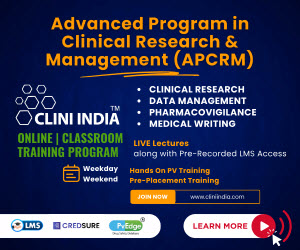HERBAL ALTERNATIVES TO ASTHMA
 Aabout Author:
Aabout Author:
Dhirendra C. Patel*
Master of Pharmacy, Department of Pharmaceutics and Pharmaceutical Technology,
S.K. Patel College of Pharmaceutical Education and Research, Ganpat University,
Kherva, Mehsana, Gujarat, India.
dhiren.pharmacy@gmail.com
Abstract:
Herbal medicines are very popular in treatment of the asthma in the modern era because of lots of benefits of it like less cost, less side effects, easily available etc. Herbal alternatives to asthma are better way for treatment of asthma. Various herbal medicines recognize that immune system functioning can play a vital role in helping to control the symptoms of asthma and strengthen the body's defenses against environmental allergens. Herbal medicines like ephedra, ginger, chamomile, elderberry, licorice, mullein, stinging nettle etc are very beneficial in asthma. Scientists have found evidence to support herbal's wide range of medicinal actions. These actions include the lowering of cholesterol levels, relief for allergies and asthma etc. Herbs have been used by people for longer than we have been keeping written record. Originally they were found in the wild by the gatherers and used for lots of different things. I light here, the use of herbals in asthma. It aims to tap into the body’s own healing mechanism by transforming the “triggers” of such attacks as part of the remedy. Opinions of different authors are saying that herbal medication is better way for asthma treatment.


 About Authors:
About Authors:  About Authors:
About Authors:  About Authors:
About Authors: 
 About Authors:
About Authors:  About Authors:
About Authors: About Authors:
About Authors: 







.png)

